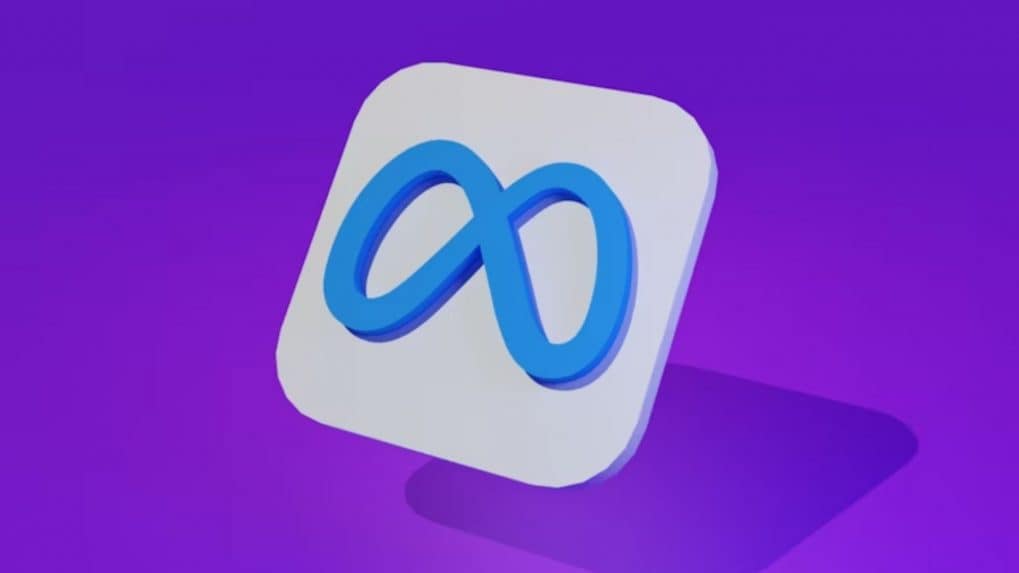Digital
Why OpenAI is hiring 100 ex-bankers: Inside the ChatGPT-maker's secret project to automate Wall Street's grunt work

Meta, the American multinational tech giant, is reportedly cutting around 600 jobs within its Superintelligence Labs AI unit. The layoffs will impact Facebook's AI Research Unit (FAIR), product-related AI, and AI infrastructure teams. However, the newly established TBD Lab will be unaffected.
In June, Meta restructured its AI operations under Superintelligence Labs following senior staff departures and a lukewarm reception to its open-source Llama 4 model.
Meta's investment in AI began in 2013 with the launch of FAIR and the recruitment of Yann LeCun, its Chief Scientist, to build large AI data centers for Superintelligence.
Earlier this year, in February, Meta announced plans to reduce its workforce by about 3,000 jobs. The layoffs began on February 10, as shared in an internal memo from Janelle Gale, VP of Human Resources. According to the leaked memo, affected employees were notified by email the following Monday morning.
Meta had also confirmed in January it would reduce 5% of its workforce, focusing on what it called its "lowest performers." While some roles may be backfilled, the company categorized these layoffs as "performance terminations," according to reports from The Information.
Employees in Germany, France, Italy, and the Netherlands are exempt from these layoffs due to local regulations. Meanwhile, workers in over a dozen other countries across Europe, Asia, and Africa were scheduled to receive their layoff notifications between February 11 and 18, according to internal communications.
Read More: Meta layoffs: 3000 employees to lose their jobs as Facebook-owner initiates company-wide layoffs
In a wide-ranging interview with Storyboard18, Sorrell delivers his frankest assessment yet of how the deal will redefine creativity, media, and talent across markets.